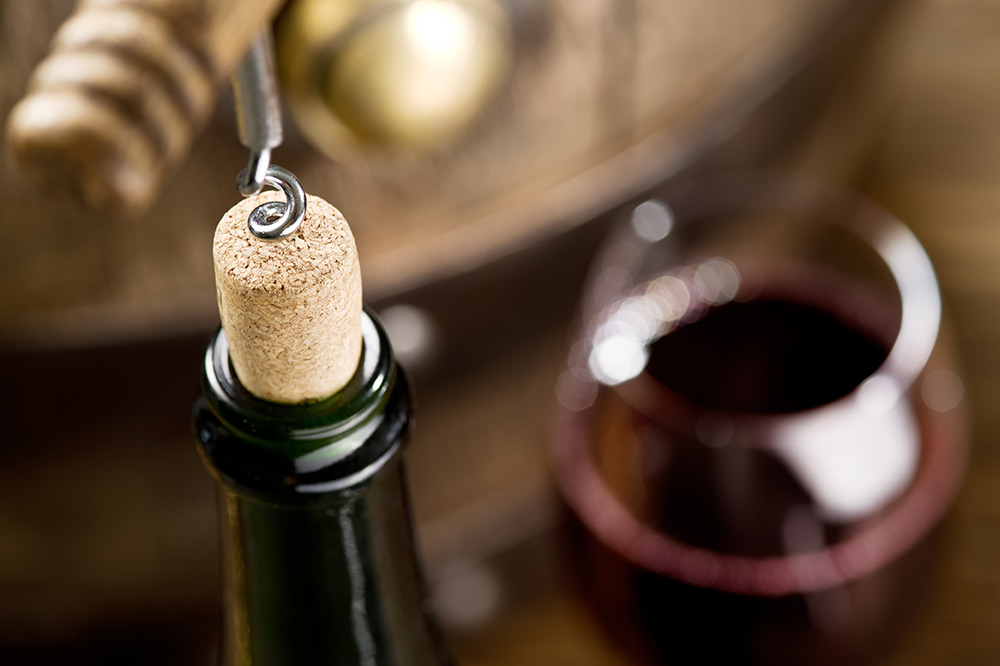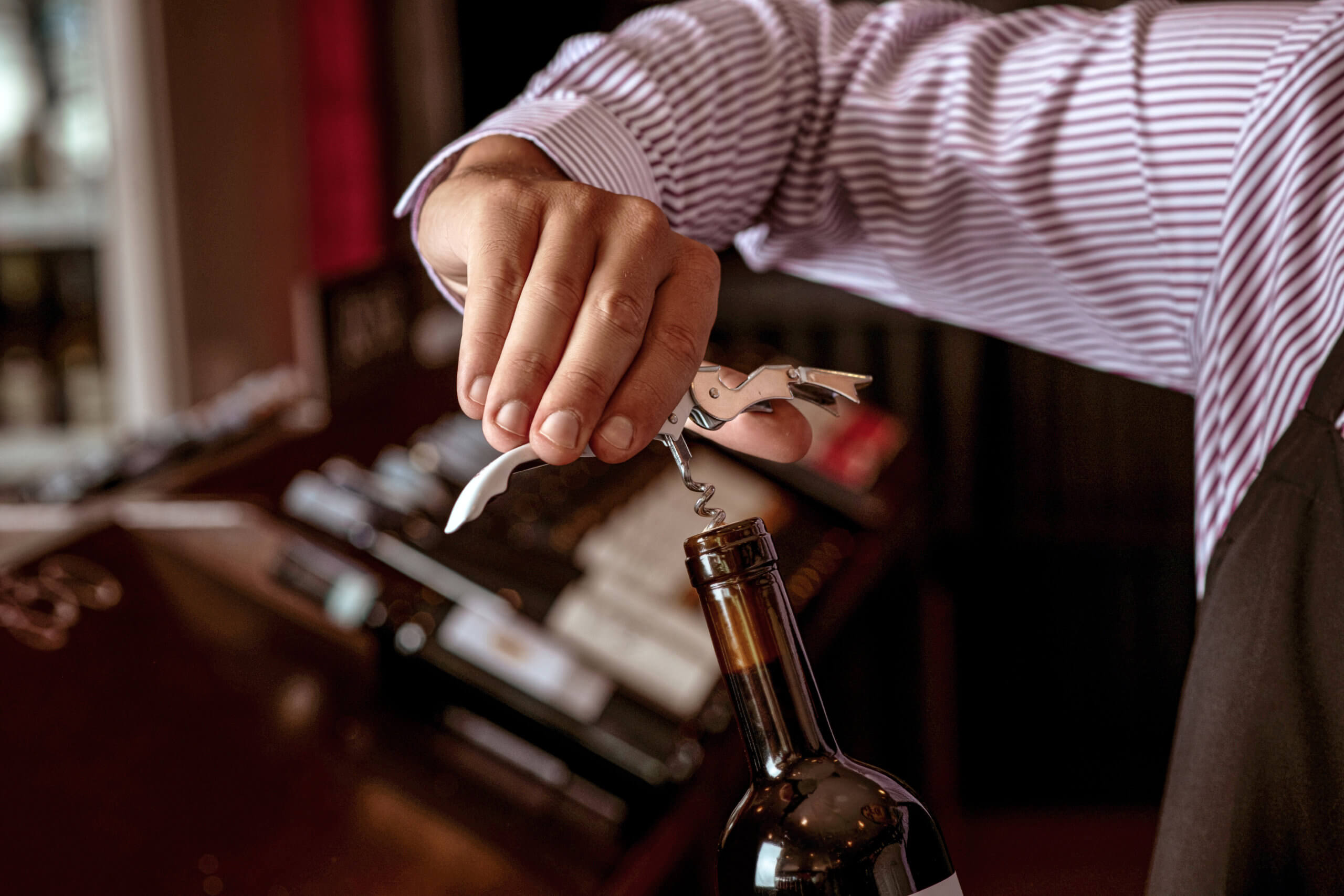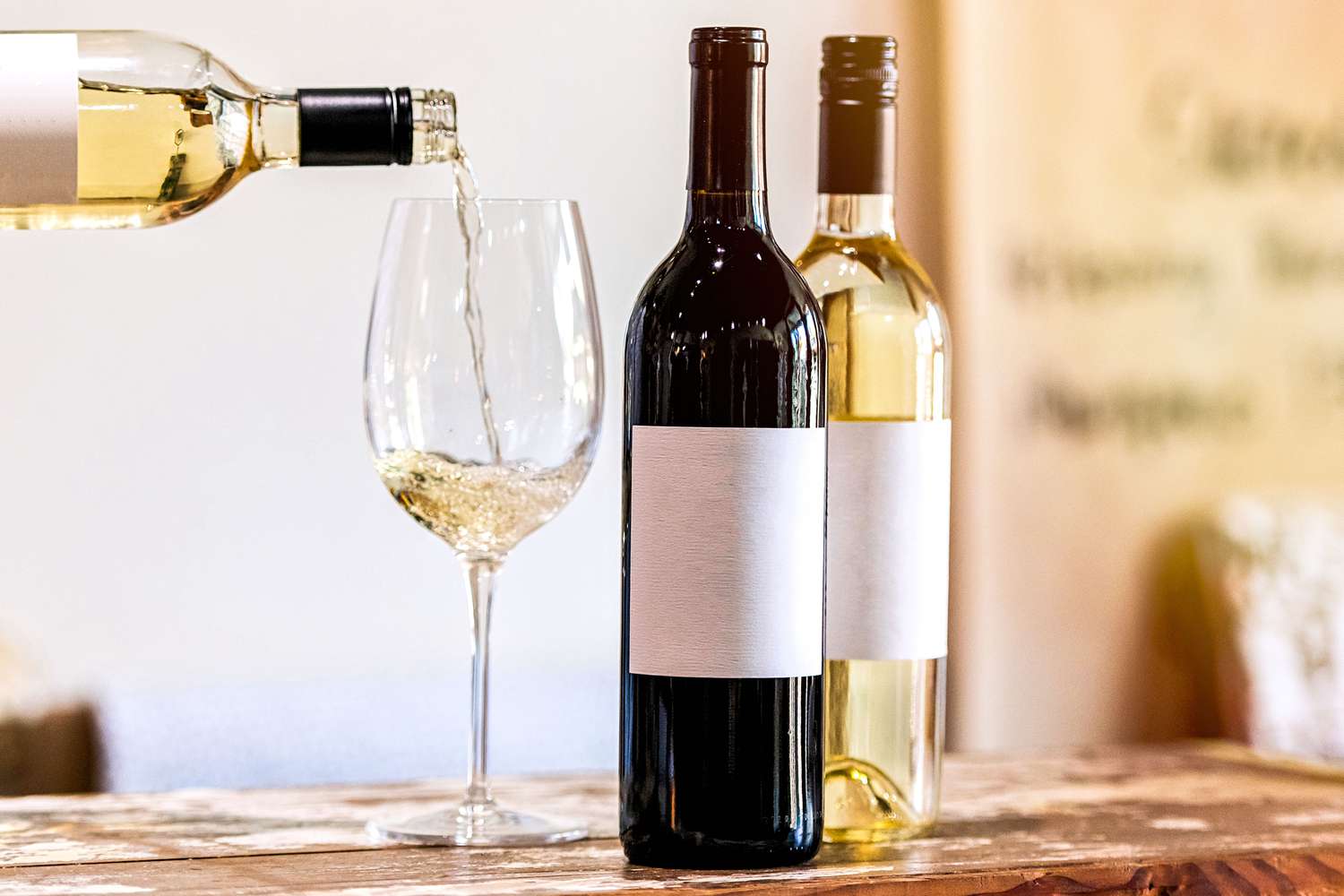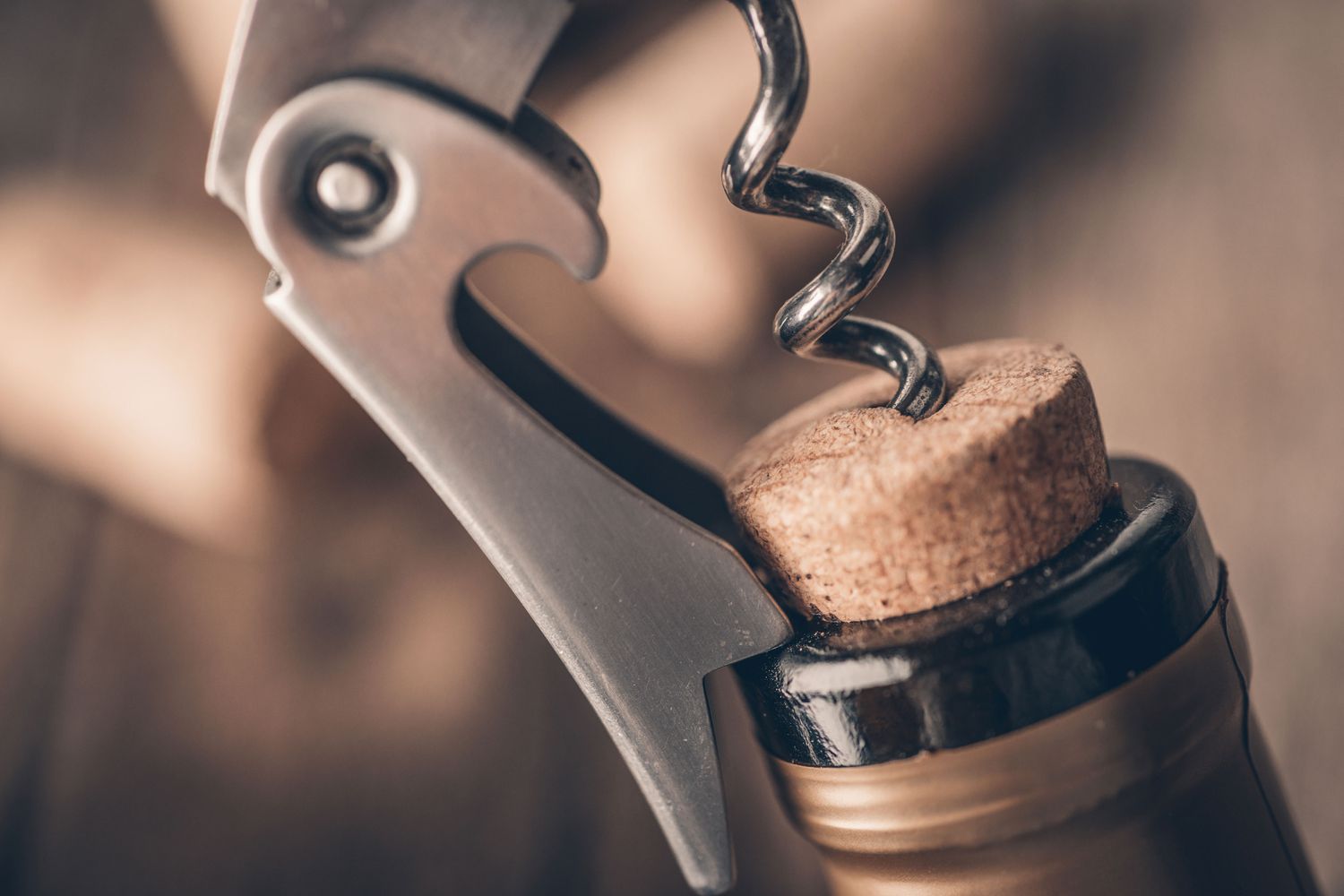Whether you’re a casual wine enthusiast or a serious collector, you’ve likely faced the dilemma of an unfinished bottle of wine. Perhaps you opened that special Bordeaux for a romantic dinner but couldn’t finish it, or maybe you’re hosting a party and want to prepare wines in advance. Understanding how long wine lasts after opening—and how to properly store it—can save you money, reduce waste, and ensure you always have quality wine available for any occasion.
The lifespan of opened wine isn’t a simple answer with a single timeframe. Multiple factors influence how long your wine will maintain its quality, including the type of wine, storage conditions, preservation methods, and even the specific characteristics of individual bottles. While some wines may lose their appeal within hours of opening, others can maintain their quality for days or even weeks when properly stored.
Wine preservation is fundamentally about understanding and controlling the oxidation process. When wine comes into contact with oxygen, chemical reactions begin that can either enhance or deteriorate the wine’s flavor profile. Initially, a small amount of oxygen exposure can be beneficial—this is why we decant wines or let them “breathe.” However, prolonged exposure leads to oxidation that transforms wine into something closer to vinegar, destroying the delicate balance of flavors, aromas, and textures that make each wine unique.
The key to successful wine preservation lies in slowing down this oxidation process through proper storage techniques, temperature control, and sometimes specialized preservation equipment. By mastering these fundamentals, you can extend the life of your opened wines significantly, ensuring that every glass tastes as intended by the winemaker.
Understanding Wine Oxidation and Deterioration

Oxidation occurs when wine’s tannins—compounds found in grape skins, seeds, and stems—react with oxygen in the air. This process causes the wine’s quality to deteriorate over time, eventually turning it into acetic acid. The speed of this transformation depends on several factors, including the wine’s structure, alcohol content, and acidity levels.
Different wines have varying levels of natural protection against oxidation. Wines with higher tannin content, typically found in full-bodied red wines, generally resist oxidation longer than lighter wines. Similarly, wines with higher acidity levels tend to maintain their quality longer after opening, as acid acts as a natural preservative.
How Long Do Different Types of Wine Last After Opening

Sparkling Wine and Champagne
Sparkling wines are the most delicate when it comes to preservation after opening. These wines can only maintain their quality for 1 to 3 days at most when stored in the refrigerator with a proper metal cap or specialized sparkling wine stopper. The carbonation that defines these wines dissipates quickly once the bottle is opened, and even with proper storage, you’ll notice a significant loss of effervescence within 24 hours.
Light White Wines and Rosé
Light-bodied white wines, including Sauvignon Blanc, Pinot Grigio, and most rosé wines, typically last 5 to 7 days when properly stored in the refrigerator with a cork. These wines benefit from the cool temperature, which slows the oxidation process significantly. Sweet white wines often fall into this category as well, though their higher sugar content can sometimes extend their lifespan slightly.
Full-Bodied Red and White Wines
Full-bodied wines, including robust reds like Cabernet Sauvignon, Merlot, and rich white wines like oaked Chardonnay, generally maintain their quality for 3 to 5 days when stored properly. Red wines with higher tannin content often last on the longer end of this spectrum, as tannins provide natural protection against oxidation.
Fortified Wines
Fortified wines represent the longest-lasting category after opening. Ports, sherries, and other fortified wines can maintain their quality for several weeks to months after opening. Their higher alcohol content (typically 17-20%) acts as a natural preservative, and many of these wines are intentionally oxidized during production, making them more resistant to further oxidation.
Proper Storage Techniques for Opened Wine

Temperature Control
Temperature plays a crucial role in wine preservation. The ideal storage temperature is 10-12°C for white wines and 12-15°C for red wines. Wine oxidizes more slowly at colder temperatures, which is why refrigeration is recommended even for red wines after opening. While many people prefer to serve red wine at room temperature, storing it in the refrigerator after opening and allowing it to warm up before serving is the best preservation strategy.
Recorking Methods
The simplest preservation method involves recorking the bottle with its original cork. When recorking, always insert the same end that was originally facing inward. If the original cork is damaged or lost, dedicated wine stoppers designed for opened bottles provide an excellent alternative. These stoppers are pre-molded to fit standard wine bottle openings and often provide a better seal than damaged corks.
Advanced Preservation Systems
For serious wine enthusiasts, several advanced preservation options exist:
Vacuum Pumps: These systems use slotted rubber corks and vacuum pumps to remove air from the bottle, though results can be inconsistent.
Argon Gas Systems: Argon gas is denser than air and creates a protective barrier over the wine when sprayed into the bottle. A $10 spray bottle provides enough argon for several months of use and is highly effective at preventing oxidation.
Needle Systems: Some preservation systems allow you to pour wine without removing the cork entirely, using a needle that penetrates the cork for minimal air exposure.
Storage Environment and Container Considerations
Beyond temperature and recorking, the storage environment significantly impacts wine longevity. Store opened wine in a cool, dark place away from direct sunlight and heat sources. Light, particularly ultraviolet rays, can degrade wine quality even in short periods.
The amount of air space in the bottle also matters significantly. The emptier the bottle, the more air it contains, accelerating oxidation. For partially consumed bottles, consider transferring the wine to a smaller container that can be filled, eliminating air space entirely.
Signs Your Wine Has Gone Bad
Recognizing when wine has deteriorated beyond acceptable quality is essential for both taste and safety. Visual cues include color changes—whites may become darker or brownish, while reds might lose their vibrant color or appear cloudy. Aromatic indicators include sharp, vinegar-like smells or musty odors that weren’t present when the bottle was first opened.
Taste changes are often the most obvious indicators. Wine that has oxidized excessively will taste flat, sharp, or unpleasantly acidic. While wine rarely becomes dangerous to consume, these flavor changes make it unpalatable for drinking.
Alternative Uses for Older Opened Wine
When wine has passed its prime for drinking but hasn’t completely spoiled, it can still serve useful purposes in the kitchen. Wine that’s been open for up to 1-2 weeks can be excellent for cooking, adding depth and complexity to sauces, marinades, and braised dishes. The cooking process eliminates many of the off-flavors that develop from oxidation while preserving the wine’s ability to enhance food flavors.
Maximizing Your Wine Investment
Understanding wine preservation helps you make better purchasing decisions and reduces waste. Consider buying wines in formats that match your consumption patterns—smaller bottles for occasional drinking, or invest in proper preservation equipment if you frequently open premium bottles. Box wines, while sometimes overlooked by wine enthusiasts, can stay fresh for up to a month after opening due to their vacuum-sealed bag design.
Proper wine preservation is both an art and a science, requiring attention to detail but rewarding you with consistently enjoyable wine experiences. By implementing these storage techniques and understanding the factors that affect wine longevity, you can confidently open any bottle knowing you can preserve its quality for days or even weeks to come.


